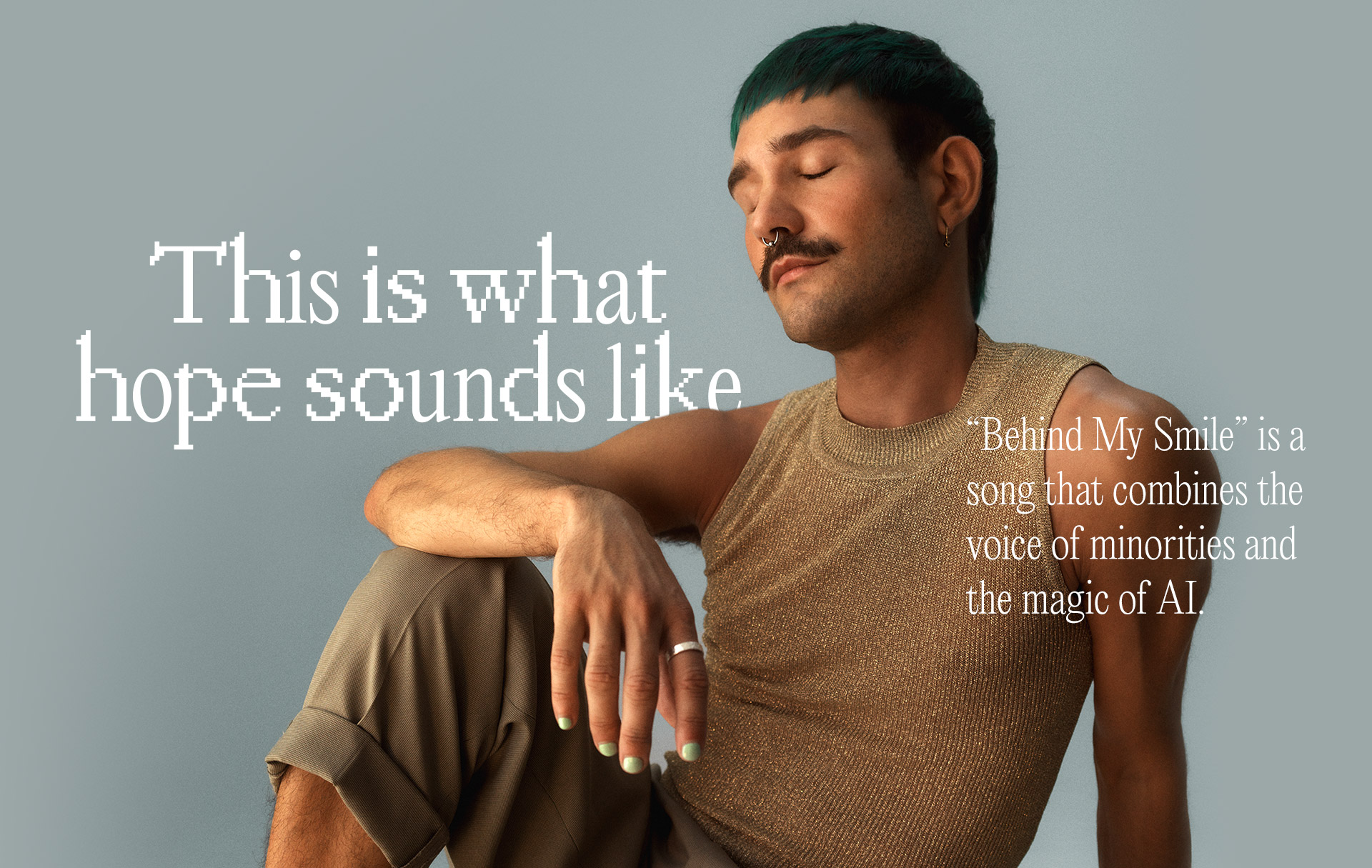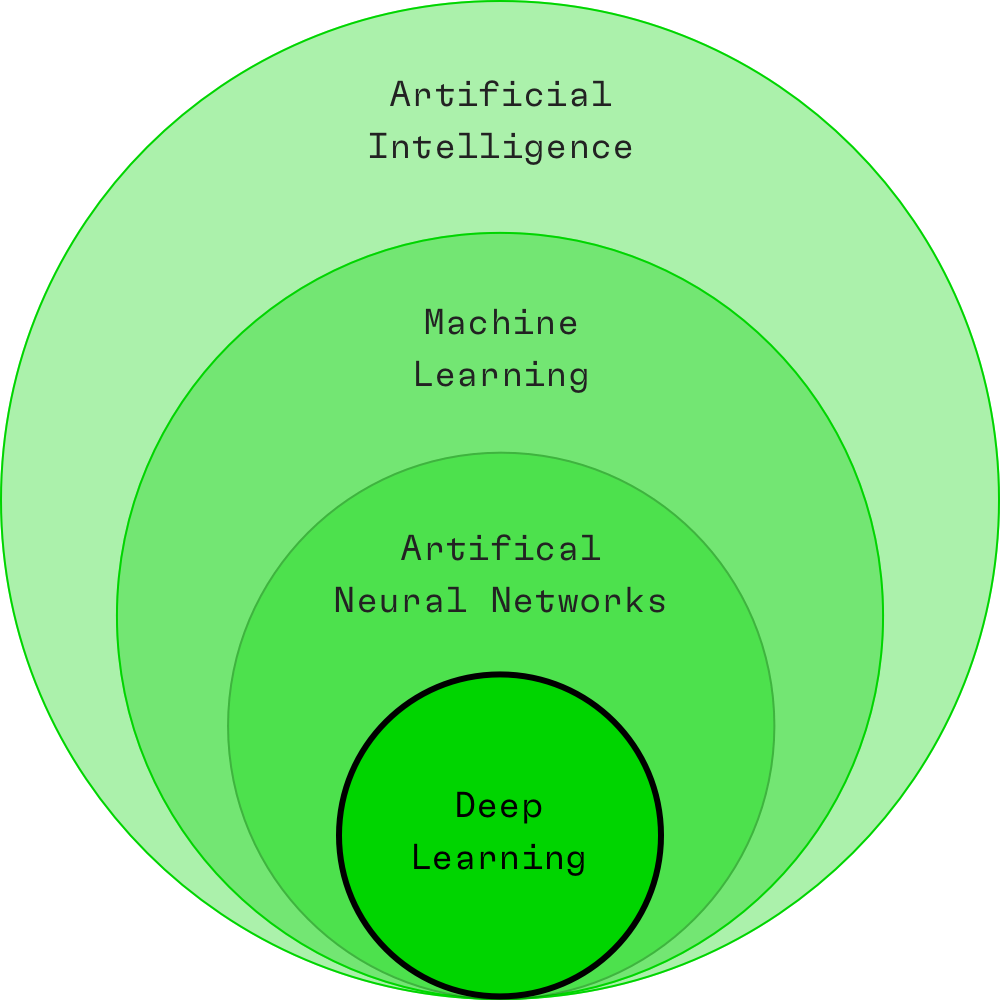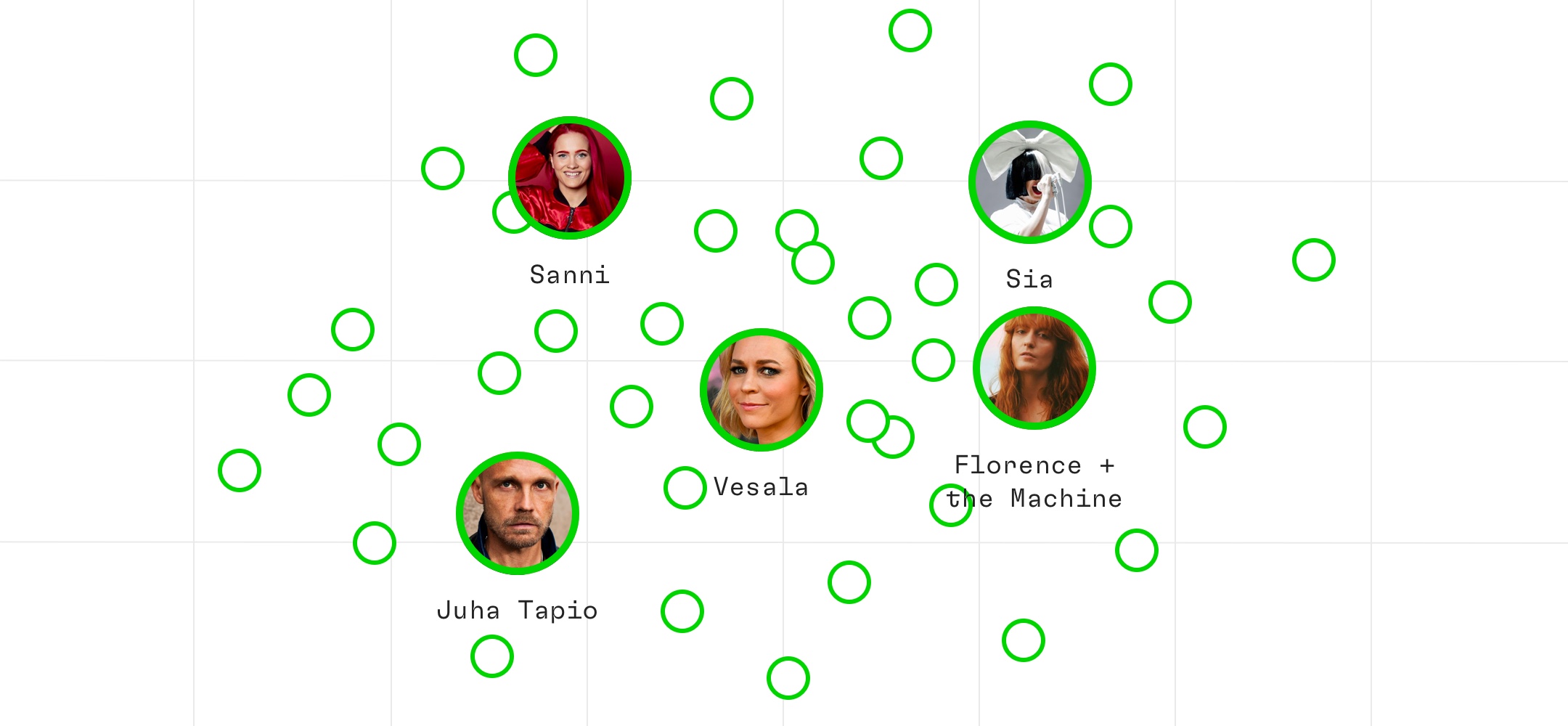close

- arrow_forward Listen the Song
- arrow_forward Campaign
- arrow_forward Background
- arrow_forward Donate
- arrow_forward FAQ
- language Suomeksi
- phone Crisis Hotline
- keyboard Sekasin Chat
- savings Donate

Belonging to a minority can significantly increase the risk of suicide. That is why it is important for everyone to have a chance to be seen, heard and accepted exactly as they are. It starts with a three-word question that we do not ask often enough: "How are you?"
These three words have the power to unravel impossible knots and bring hope to the depths of despair. They not only help us to understand each other but can even save a life.
10 September is World Suicide Prevention Day. Ask, listen and share. For help, visit mitakuuluu.fi.
Music is known to work wonders on the mind. It both evokes and conveys emotions. Music transcends international borders, is embedded in every culture and speaks all languages. Song lyrics can make people connect with each other in a way that would otherwise be beyond them.
We asked minorities to think about songs that have given them hope in difficult times. We then fed the songs into an artificial intelligence (AI) system, which generated a completely new composition based on the input. The finishing touches to the lyrics and melodies came from professional artists and a top producer.
The song was created using two different open-source neural networks, OpenAI Jukebox and GPT-3 language model.
Provided with 1.2 million songs as input, Jukebox is capable of creating new music that mimics different genres and the style of individual artists. GPT-3 language models are capable of generating content in the form of text.
We asked representatives of minorities to identify songs that bring them comfort and hope, which we then uploaded to the neural nets. The nets used the input sample to generate completely new music.


The songs that were fed into the AI were chosen based on research data. We limited the sample to the most popular genres of music, which left us with 41 pop and alternative songs that resembled each other.
The music generated by the AI system was given to professional artists and producers to turn into a finished product. The chord changes in the verses, for example, were built on the AI system’s chord progression. The samples below are excerpts from the music generated by the AI system that was used as the basis for the final song.

The lyrics for the song were generated using the GPT-3 da-vinci-002 language model, which is capable of generating text in different languages based on the input data. The input data that were fed into the AI system included lyrics by artists such as Sanni, Vesala, Juha Tapio, Sia and Florence + the Machine as well as themes raised by the minorities in their answers.
The team of writers who came up with the final lyrics based their work on references created by the AI system, themes flagged up in research and their personal experiences and views.
”What made the project especially interesting was the use of artificial intelligence, but what I enjoyed the most was watching the artists give their all to such an important cause. We can all be proud of the end result, and hopefully we have succeeded in giving a voice of hope to those who need it.”
Performed by: eetu, Heviteemu, Ida Paul
Written by: Teemu Javanainen, Ida Paul, Jussi Tiainen
Produced by: Heviteemu
Mixed by: Kalle Keskikuru
Mastered by: Arttu Peljo
Creative Director: Jukka Immonen / The Fried Music
Production Manager: Karoliina Jaakkola / The Fried Music
All proceeds from the song go straight to sponsoring the work of MIELI Mental Health Finland.
A donation of just 10 euros will pay for our Crisis Helpline to answer a call from someone in need.
MIELI is the oldest non-governmental organisation dedicated to mental health in the world, and its mission is to promote mental health and prevent mental health issues. MIELI defends the universal right to good mental health. MIELI Mental Health Finland is a non-profit non-governmental organisation the activities which are mainly financed by public funds.
The aim of World Suicide Prevention day is not only to normalise talking about suicidal thoughts, but also to encourage people to ask each other: “How are you?” Talking about suicidal thoughts still involves a lot of stigma, which, in the worst case scenario, may lead to people being left alone with their dark thoughts.
Anyone can support suicide prevention efforts, and even completely free of charge. All you have to do is ask someone how they’re doing. This is a question that is just as important for us to ask ourselves. Simply being there and listening can often help save a life. Another way to help is to encourage people around us to talk about self-destructive thoughts, thus breaking the culture of silence that surrounds them.
You can also financially support suicide prevention efforts by making a donation at mitakuuluu.fi.
In an acute crisis situation, you must always call the emergency number (112).
In other cases, you can contact the Crisis Helpline (09 2525 0111), the Sekaisin chat, a crisis centre or a suicide prevention centre. You can also find help at tukinet.net.
The aim of the campaign is to raise awareness of the significantly increased risk of suicide among some minority groups compared to the rest of the population. Its purpose is not to spread gloom, but to bring out the importance of hope. However, suicidal thoughts do not only affect minorities, and that is why we also address all people in Finland during the campaign. The campaign will be a success if it manages to save even one life.
The primary target group is minorities. However, belonging to a minority is something that is not always visible from the outside. That is why we wanted to bring people from different groups to the heart of campaign – both on camera and on the computer screen. We want to show the people who are the face of our campaign in the way they want to be s
Another of our target groups is all people who have suicidal thoughts or have people close to them who have suicidal thoughts.
As part of its background research, MIELI asked people from minority groups to describe the songs that give them hope in difficult times. The data collected through the survey was used to teach two neural networks that use AI. AI used the data to create the first versions of both the music and lyrics.
The song represents hope for people from minority groups and, consequently, it was especially important that it was not based solely on the subjective views of its makers.
AI enabled us to create completely new music and lyrics that were based on the data from the survey.
The lyrics were created using Open AI's GPT-3 neural network, which uses deep learning to produce text. The music was generated using the Jukebox neural network, also by Open AI, which is capable of producing audio files.
The team of writers looked for the right ambience in the references created by AI, the songs and themes brought up by the research, and combined these with their personal experiences and insights.
The chord changes in the verses were built from chords created by AI, and AI music is sampled directly into some details. The story of the lyrics is based on the AI texts, and both direct quotes from AI and references were used.
MIELI asked people who have tried to commit suicide and people from minority groups to say which songs have given them hope in difficult times. The data consisted of almost 200 songs. The data were collected completely anonymously using an e-questionnaire. The questionnaire was given to MIELI’s networks and customers of MIELI’s suicide prevention centre.
Performed by: Heviteemu, eetu, Ida Paul
Written by: Teemu Javanainen, Ida Paul, Jussi Tiainen
Produced by: Heviteemu
Mixed by: Kalle Keskikuru
Mastered by: Arttu Peljo
We wanted to bring in artists and writers to this project for whom the campaign and the song’s message are meaningful. One of the main aims of the lyrics was to allow the listener to relate to the singer, and the best way to achieve this was to use writers and singers who know what they are talking about and were able to share their personal experiences in the song to support the AI input. Everyone in the team was very happy with the song and can see the importance of its purpose.
Behind My Smile is available on YouTubesta.
Industry standard compensation was paid for the writing, composition, arrangement and production of the song. The artists and their record companies were involved on a pro bono basis. Net proceeds from streaming are donated to MIELI for crisis assistance and support.